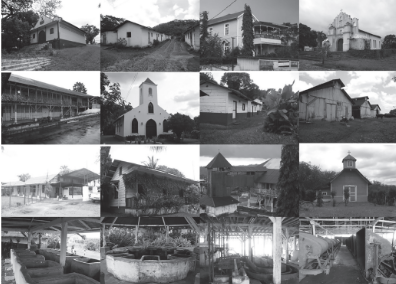INDUSTRIAL ARCHITECTURE OF GUATEMALA COFFEE FARMS IN THE SECOND HALF OF THE NINETEENTH CENTURY
Keywords:
industrial architecture, coffee farms, coffee architecturalAbstract
The history of Guatemalan architecture can be easily divided into three generic periods: Pre-hispanic architecture, Colonial architecture, and Republican architecture. The three periods listed above, show different spatial characteristics, as well as the use of certain materials and particular building systems; and it is in the third period where the differences were more notorious because of the rapid appearance of new building systems in the nineteenth and twentieth centuries. Guatemalan industrial architecture of the nineteenth century which was created in response to the proclamation of independence of 1,821 and the establishment of the Republic in 1,847, has not been fairly approached from its functional, formal and structural characteristics; leaving aside the richness of knowledge it possesses for the Guatemalan architecture .This article demonstrates the importance of this architecture, mainly influenced by the appearance of cultivation and production of coffee in the country, and the growth of coffee farms during the second half of the nineteenth century
Downloads

Published
How to Cite
Issue
Section
License
Copyright (c) 2023 Msc. Arq. Javier Quiñonez Guzmán

This work is licensed under a Creative Commons Attribution-NonCommercial-ShareAlike 4.0 International License.












